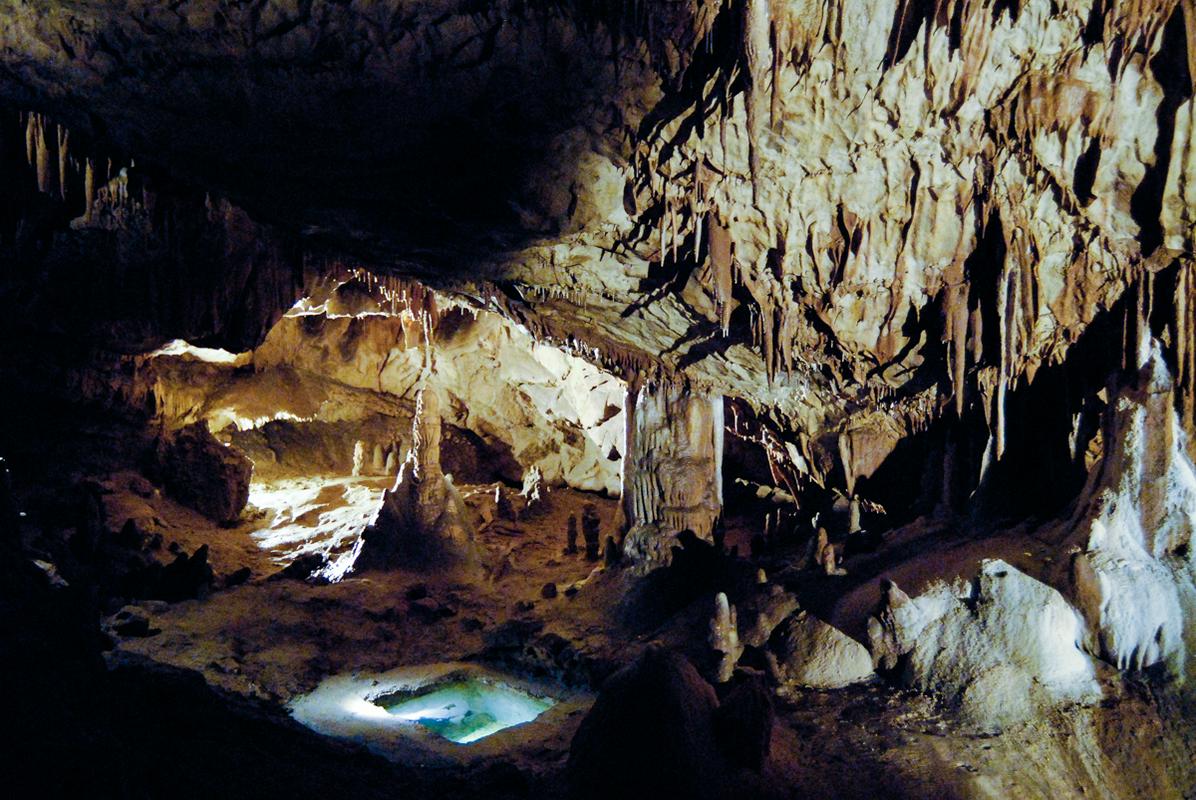
The Škocjan Caves are among the Slovenia’s most well-known natural wonders and are protected as a UNESCO World Heritage Site and as a Regional Park. They were created when a river carved out a spectacular underground canyon adorned with stalactites and stalagmites. However, a lesser known feature of the Škocjan Caves is in many ways just as remarkable: an area of wetlands with an unusually wide variety of fauna and flora.
Found in gorges near the caves and in semi-open caverns, the wetlands were already known to 19th century explorers, who first realized that the area around the Škocjan Caves was something special. In 1999, they became the first underground wetlands in the world to be protected under the Ramsar Convention, and later became an officially recognized biosphere.
The wetlands are well-known among botanists for the wide variety of their plant life. Because of the area’s numerous microclimates and temperature inversions, the flora ranges from colorful flowers normally found on Alpine peaks to plants typical of the Mediterranean. No fewer than nine species of plants that grow in the area of the Škocjan Caves are protected because of their rarity. The ivy broomrape, a parasitic plant, grows nowhere else in Slovenia. In fact, the wetlands are among the few places anywhere were glacial relics – plants that came here during the Ice age – and their warm-weather counterparts live side by side.
The animal life in the wetlands is almost as diverse, ranging from two different species of bats to pigeons. One of the birds – the wallcreeper – is usually found only high in the mountains, but it has found a welcoming home on the local cliffs. Even humans once lived in the area; archeologists have found evidence of human habitation dating back to the Stone Age.
Most visitors come to Škocjan to marvel at the underground formations of the cave system. With the help of the visitor center, however, park authorities hope to raise awareness of the unexpected diversity of life found in the Škocjan wetlands.


































































